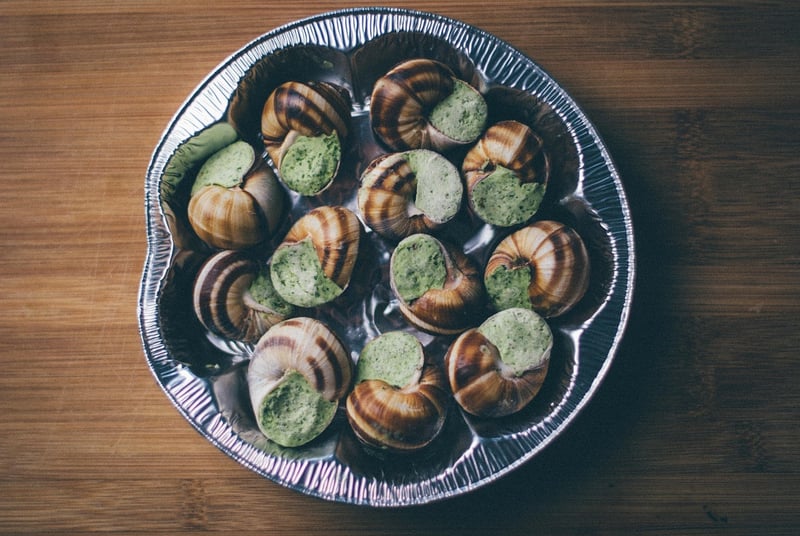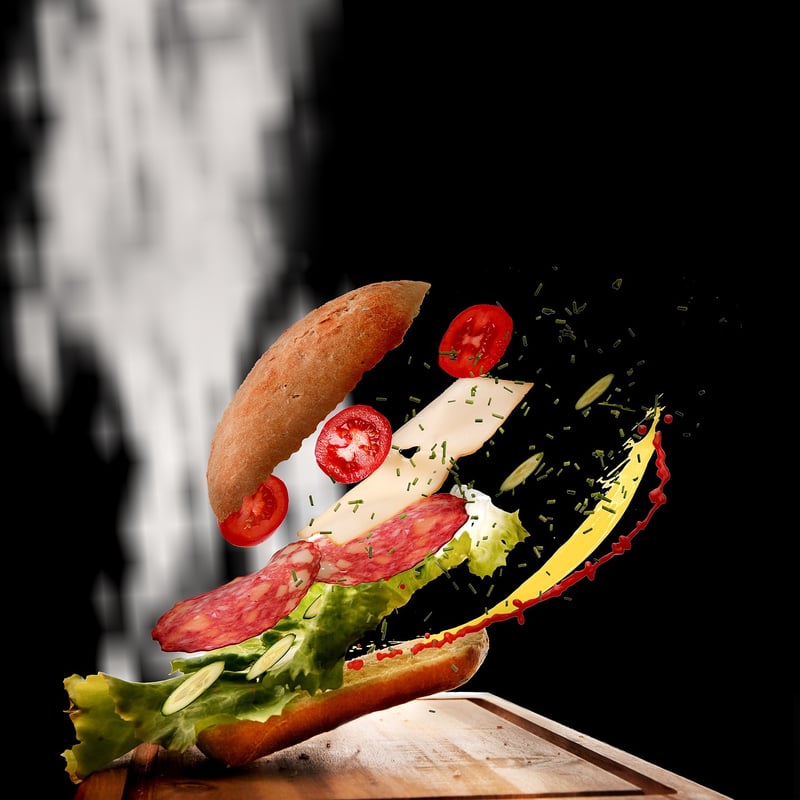Futuristic Delicacies
Culinary Delights Across Time and Futuristic Delicacies
The Evolution of Culinary Delights
Throughout history, food has always been a central part of human culture and society. From ancient civilizations to modern times, culinary delights have constantly evolved, reflecting changes in ingredients, techniques, and cultural influences.
Ancient Times
Ancient civilizations such as the Egyptians, Greeks, and Romans laid the foundation for many culinary traditions. They used local ingredients like grains, fruits, and vegetables to create simple yet flavorful dishes.
Medieval Era
The Middle Ages saw the emergence of elaborate feasts and banquets among the nobility. Roasted meats, spiced dishes, and sweet treats became popular, showcasing the wealth and status of the hosts.
Industrial Revolution
The Industrial Revolution brought mass production and technological advancements to the food industry. Canned goods, processed foods, and convenience items revolutionized how people cooked and ate.
Modern Times
Today, the culinary world is a vibrant mix of global flavors and innovative techniques. Chefs experiment with fusion cuisines, molecular gastronomy, and farm-to-table concepts, creating a diverse and exciting food landscape.
Futuristic Delicacies
Looking ahead, the future of food holds exciting possibilities with the rise of technology, sustainability concerns, and changing consumer preferences. Here are some futuristic delicacies that might soon grace our plates:
Lab-Grown Meat
With advancements in cellular agriculture, lab-grown meat offers a sustainable and cruelty-free alternative to traditional animal farming. It has the potential to revolutionize the meat industry and reduce environmental impact.
Vertical Farming
Vertical farming involves growing crops in vertically stacked layers, using controlled environments and artificial lighting. This method maximizes space, conserves water, and reduces the need for pesticides, offering a more sustainable approach to agriculture.
3D-Printed Food
Imagine printing your favorite dish layer by layer! 3D-printed food allows for precise customization of ingredients, textures, and flavors. It could revolutionize how food is prepared and presented, offering endless possibilities for culinary creativity.
Insect Protein
As the world seeks alternative sources of protein, insects are gaining popularity for their nutritional value and environmental sustainability. Insect-based foods like cricket flour, mealworm burgers, and grasshopper snacks could become mainstream in the future.
Whether exploring the rich culinary heritage of the past or embracing the innovative flavors of the future, food continues to be a source of joy, creativity, and cultural expression across time.


Explore more culinary inspirations at Epicurious.
